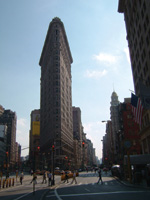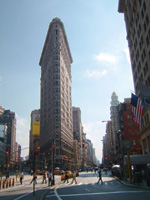Fujifilm's FinePix F700 Digicam
Are Two CCDs Better Than One?
Overexposure has always been the bane of photographers, be they the film or digital variety. If using negative film, moderate overexposure could be easily handled when printing. But overexpose a slide film and colors, details, and especially bright areas would become washed out, with subsequent loss of detail and quality. The same goes for digital, where overexposure creates interference and causes the sensor to drop out detail and create crossovers (artifacts, odd colors) when an attempt to fix the image in image-editing software is made. Until now photographers would have to always bias their digital exposures toward the highlights, much as if they were exposing slide film. This controlled the highlight problem, but often at the expense of shadow detail. No photographer can properly handle gross overexposure, or deliver both bright highlights and deep shadow detail in one image, without controlling exposure and development carefully. |
|||||||
4th Generation CCD |
|||||||
Improved Dynamic Range |
|||||||
|
|
||||||
|
|
||||||
|
|||||||









































